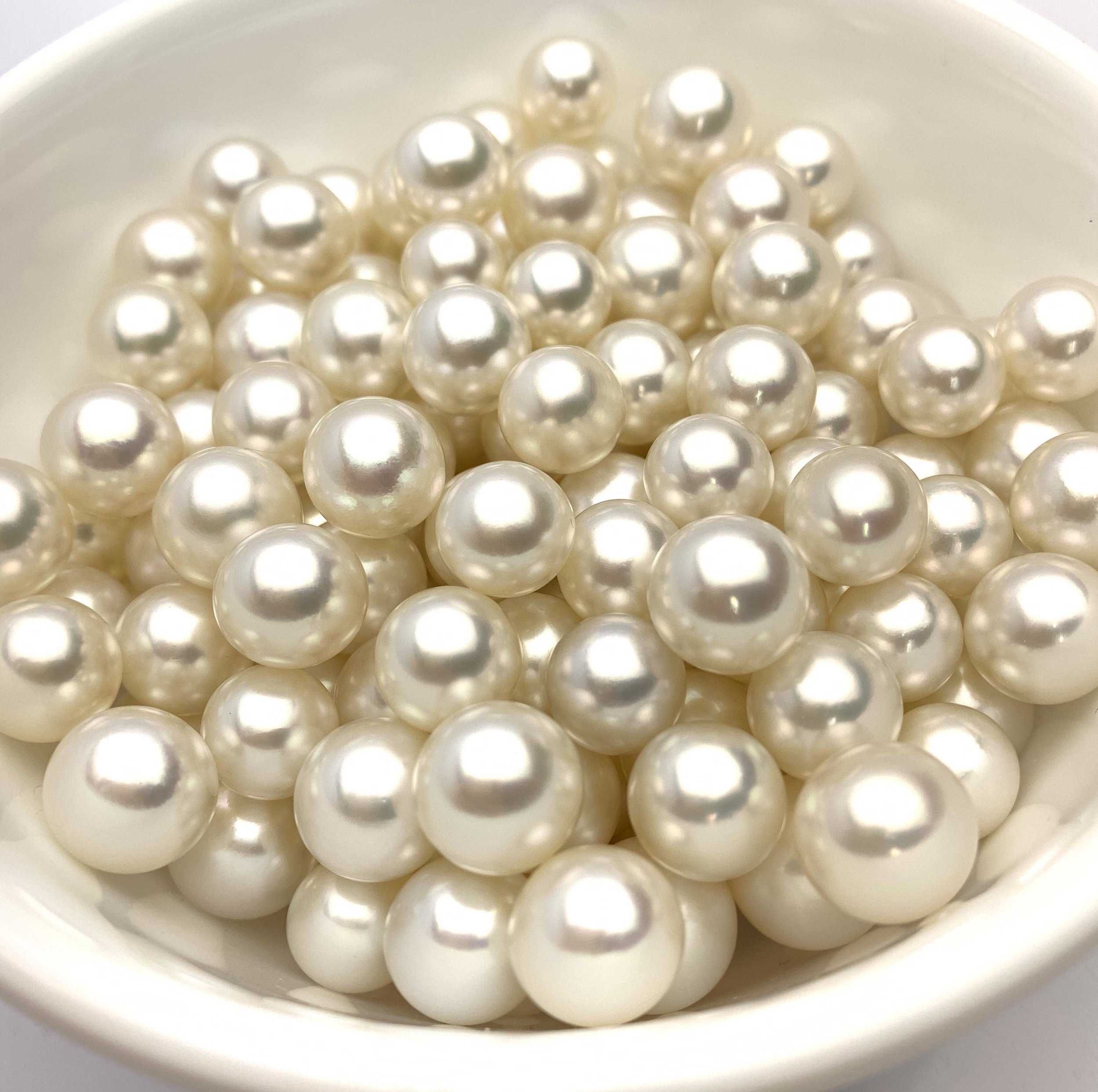How do Pearls Get Their Color?
While white and cream-colored pearls dominate traditional jewelry, natural pearls also exhibit striking shades of gold, silver, rose, green blue and deep black. The color of a pearl often dictates its value in the market. Pearl coloration is influenced by numerous factors, but primarily it is the environment (mineral composition, sunlight, water currents), diet, formation of layers of nacre and the reflection and refraction of light. (Nacre is found on the pearl surface is determines the pearl’s optical properties such as light and color.
Pearls from different regions vary depending on the water chemistry; ph, salinity, water temperature and organic compounds. Saltwater South Sea Pearls are cultured in pristine waters rich in trace metals, and often exhibit golden or champagne hues from carotenoid compounds and trace minerals of iron and copper where those from cooler, mineral-deficient waters tend toward silvery or bluish tones. Saltwater Tahitian Pearls are known for their dark, exotic hues from a black-lipped oyster, and range from jet black to peacock green and aubergine. These pearls are influenced by melanin and other organic pigments, and are considered highly desirable due to their rarity. Freshwater pearls, produced by mussels, frequently exhibit pastel shades of pink, lavender and peach colors due to layers of nacre and manganese within the nacre.
Pure, clean water is invaluable for oyster health. Polluted waters may reduce the health of oysters, leading to inferior pearl formation.


